- Source:
- Mikito Tateisi / Jun Kamei / h/t: Spoon & Tamago
- Tags:
- 3D Printing / Amphibio / Aquatic / Design / Devices / Engineering / Gills / Global warming / Industrial design / Japan / Masks / Oceans / Science Fiction / Sea / Sea level / Technology / Techonology / Underwater / Water
Related Article
-
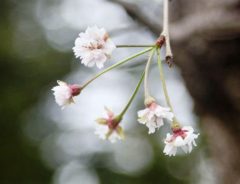
Cherry Blossoms in Autumn: Japan Weather Expert Explains ‘Surprise’ Sight
-
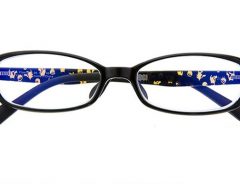
Increase Your Catch Rate With These Classy Pokémon Glasses
-

Japan’s Annual Mascot Contest Has New Foreign Contestants! Find Out If Your Country Made The Cut!
-

Japanese SNS Trend Turns Plain Omelettes Into A Polka Dotted Surprise
-
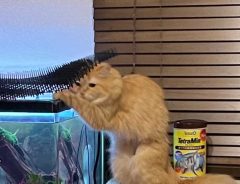
Cat caught red-pawed in fishy situation has no regrets
-
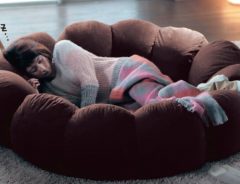
Giant Nest Cushion Is The Perfect Burrow To Hibernate In This Winter
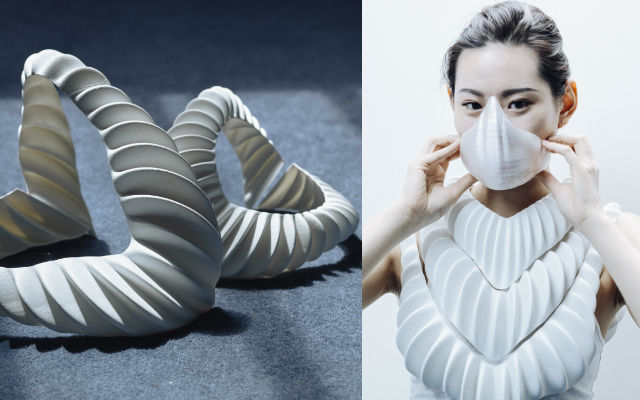


If you've ever woken up in the middle of the night in a cold sweat after a nightmare of perishing away in a world submerged by rising sea-levels or conquered by aquatic alien overlords, you may have wondered how you would have been able to turn things around and lead the fight for humanity's survival. While it may not be quite the answer just yet, Japanese biomimicry designer Jun Kamei's Amphibio, “a gill garment for our aquatic future,” is an underwater breathing device proposed to support life in “a future where humankind lives in very close proximity with water.”
Mikito Tateisi
Mikito Tateisi
The 3D-printed garment (gills and respiratory mask) is designed to function as wearable gills for humans, with technology inspired by water diving insects (which can survive underwater due to thin layer of air concentrated on their superhydrophobic skin), and described by Kamei as “a special porous hydrophobic material which supports underwater breathing by replenishing oxygen from the surrounding water and dissipating carbon dioxide", a way to take in air from water.
Mikito Tateisi
Amphibio is presented by Kamei as part of his graduation thesis from London’s Royal College of Art (RCA), and the project is an international collaborative effort with RCA-IIS Tokyo Design Lab. While the device is still in the prototype stage, Kamei says the next step is testing the Amphibio to support human scale oxygen consumption underwater. Although there is a fantastical conceptual aspect of providing an optimistic alternative to navigating a world submerged in water, the device could be fitted with a smaller oxygen tank than used in free diving to let divers stay under water longer.
Artist Kathryn Strudwick provides renderings of a future world where Amphibio may be used for underwater excursions while humans breathe effortlessly underwater. Kamei explains that "By 2100, a temperature rise of 3.2 degrees Celsius is predicted to happen, causing a sea-level rise affecting between 500 million and three billion people, and submerging the megacities situated in the coastal areas," and conceptually wanted to imagine humankind living and thriving nearby larger bodies of water.
Source: Kathryn Strudwick
Source: Kathryn Strudwick
To read more about the project, follow Jun Kamei.
Source: Mikito Tateisi
Source: Mikito Tateisi
Note: Photography by Mikito Tateisi, modeled by Jessica Wang, design by Jun Kamei, and artwork by Kathryn Strudwick.